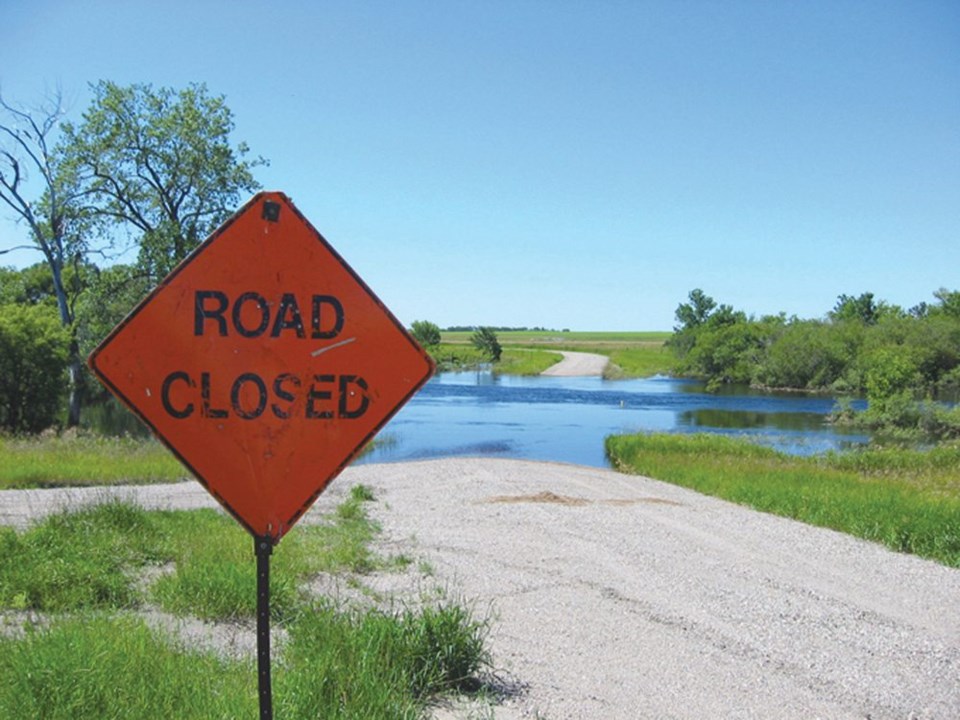Most Manitobans say carbon tax revenue should go to municipalities — with rural residents slightly more convinced than Winnipeggers at least half should be returned to them.
Those are poll results shared by the Association of Manitoba Municipalities (AMM) last week.
The AMM commissioned Probe Research to ask 1,000 Manitobans how much, if any, of new carbon tax revenues should be earmarked for municipalities to help pay for new infrastructure to handle weather extremes.
Sixty-seven per cent said municipalities should get “between one-half and all” of carbon tax revenues. The rest (21 per cent) felt municipalities should get less than half, while 11 per cent were unsure.
Municipalities are “on the front lines” when it comes to resiliency planning for the impact climate change will have, Chris Goertzen, AMM president said.
“And we’ve had it confirmed that Manitobans feel the same way,” he said. “Two-thirds see at least half the carbon tax moved to the municipal level so we can tackle the challenges we’re going to face.”
The central component of Manitoba’s carbon policy is to charge a $25-per-tonne tax on carbon emissions, typically generated from burning fossil fuels.
Having carbon tax revenues returned to local government would help offset the cost of the tax they’ll be paying in carbon taxes themselves, he said, noting that costs to run municipal vehicle fleets and energy use for public buildings will all be subject to these taxes.
“It would reduce the burden it puts on their budget,” he said.
But municipalities need this share of carbon tax revenues to get ready for the impact climate change will have too, he said. Enhanced infrastructure for flood protection and water retention for drought are going to be much needed.
“Water is going to become more prevalent and less prevalent in fairly dramatic fashion,” he said. “We are already seeing those things on the landscape.”
Municipalities are now looking at development plans and undertaking studies as to what they will need to be ready, he added. Improved public transportation is another component of readiness infrastructure being discussed because costs associated with all forms of transportation are about to become more expensive.
“That will be a challenge for municipalities,” he said.
“At the same time having an efficient public transportation system is going to be important so that people can move around easily, quickly and efficiently and with less effect on the environment as well as on their pocketbooks.”
The poll, conducted between Nov. 23 and Dec. 14, 2017, found 11 per cent of respondents want all of the carbon tax to go to the municipalities, 20 per cent say most should be, and 36 per cent call for about half to be shared.
Seventy-four per cent of rural residents polled said half should go to municipalities while 64 per cent of Winnipeggers said that amount should be allocated.
Goertzen said an agreement going forward to share these revenues with municipalities would represent an enhanced provincial-municipal partnership for a greener, more climate-resilient province.
The Federation of Canadian Municipalities (FCM) has asserted that the best overall way to reduce emissions is to scale up local green innovation with Canadian municipalities now influencing half of all carbon emissions.
Later this month Manitoba’s municipal leaders will gather in Brandon to talk about current climate variability and the challenges ahead related to land use planning and watershed management.
The province is expected to release more details of its climate and green plan, including how it will use carbon revenue in the near future.




